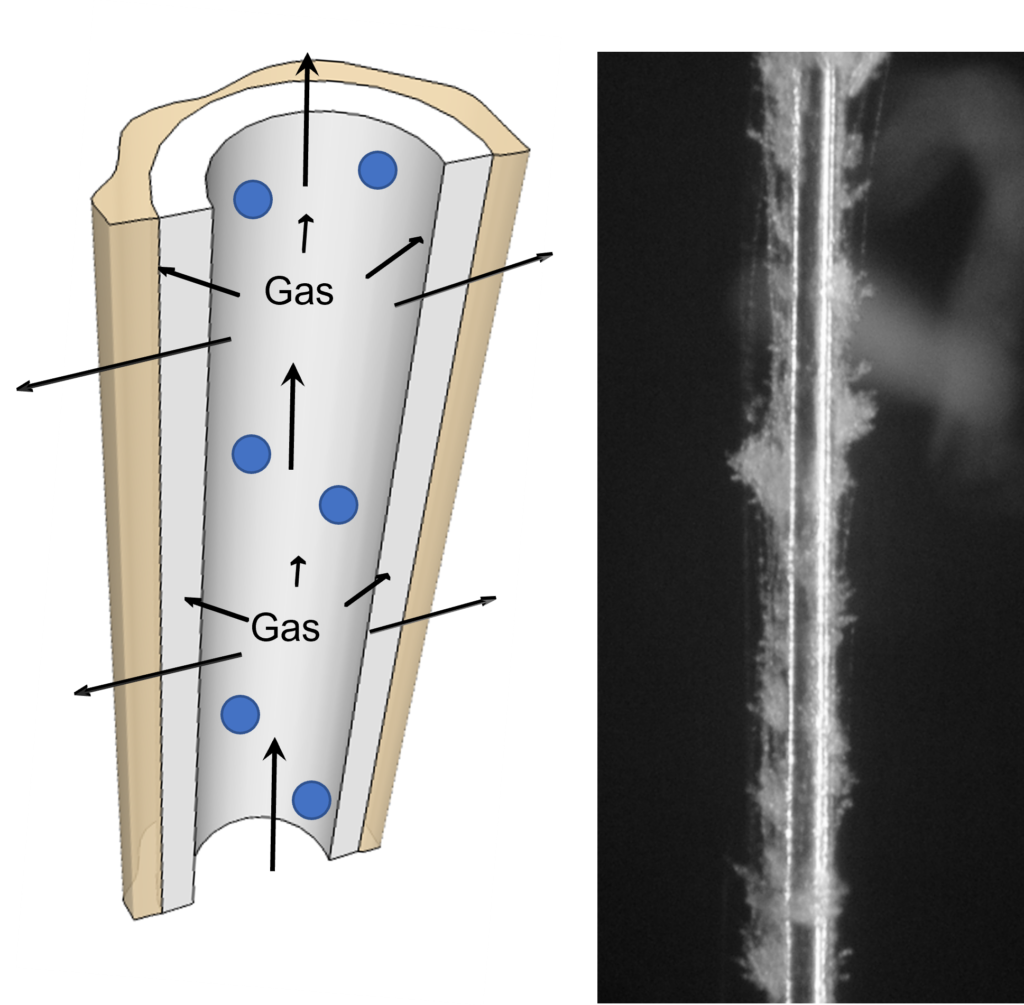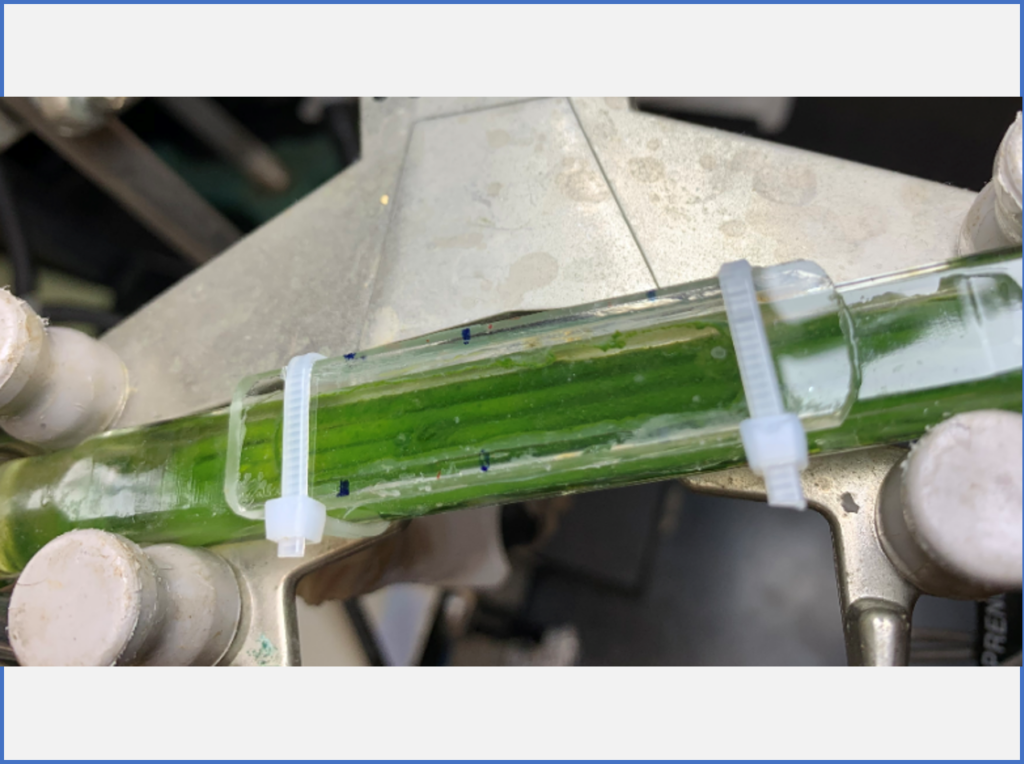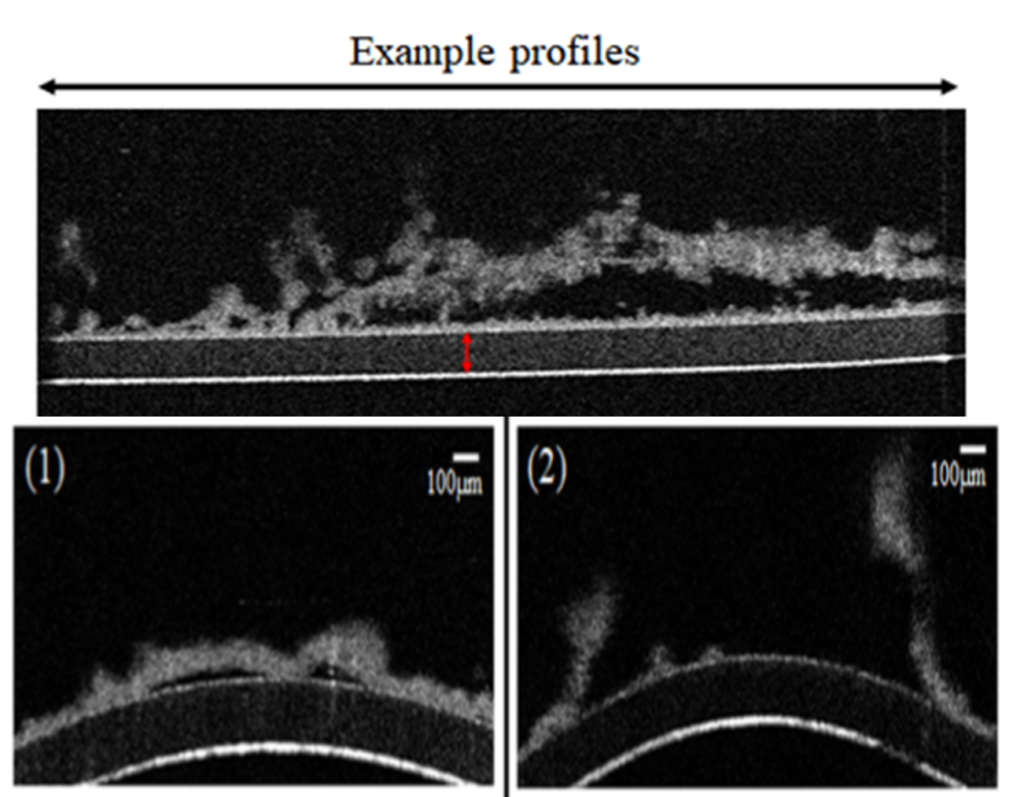Membrane Aerated Biofilm Reactors
The membrane aerated biofilm reactor (MABR) is a novel technology based on gas-supplying membranes that supply dissolved oxygen to biofilms growing on the membrane surface. The counter-diffusion of DO, supplied from the base of the biofilm, and the electron donor, supplied from the bulk liquid, make membrane-aerated biofilms (MABs) behave differently form conventional, co-diffusional biofilms.

Algal Biofilms
Biofilm-based algal processes are increasingly used for wastewater treatment, carbon capture, and production of biofuels and other valuable products. They provide high cell densities, are more robust, and are easier to harvest and concentrated than suspended algae.

Fungal Biofilms
Like bacteria, the preferred way for fungi to grow is in biofilms. Filamentous forms of fungi (hyphae) play an important role for biofilm formation and structural integrity. The mechanical strength increases with increasing hyphal content and the biofilm becomes harder to disrupt. Due to their vast metabolic potential, including extracellular multienzyme complexes, fungi are capable of degrading plastics and microplastics.

Predation in Biofilms
Protozoa are ubiquitous in biofilm-based wastewater treatment system. Protozoa have significant effects on biofilm systems, such as impairing biofilm mechanical stability, reducing biofilm sloughing, and contributing to a reducing in system performances. Therefore, their effects should be considered for the design of biofilm systems.
